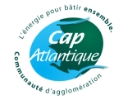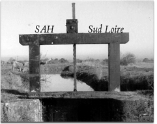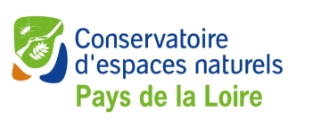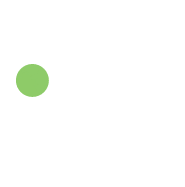Biology / Ecology
The Black-tailed Godwit (Limosa limosa) is a large wading bird of 40 cm with brown plumage tinged with red according to the period which belongs to the family of Scolopacidae.
Two populations of Black-tailed Godwit frequent French territory: the Icelandic Godwit (Limosa limosa islandica), and the Continental Godwit (Limosa limosa limosa).
The first one nests almost exclusively in Iceland and frequents the Hexagon during migration and winter.
The Icelandic subspecies stays on salt marshes from October to April. It frequents the intertidal zones and mud flats of salt marshes presenting a very fine sediment, rich in organic matter in which they find their prey: bivalve molluscs (Abra alba), polychaete annelids and chironomid larvae.
The second one, the Continental Godwit, breeds from Spain to Russia and winters in West Africa and the Iberian Peninsula and migrates through France, in a wide strip extending from southern Brittany to the wetlands of the Camargue.
During the breeding season, it stays in wet meadows in soft to brackish coastal marshes and alluvial meadows, where it nests on the ground. In France, its breeding area is limited to a few coastal and continental marshes, mainly in the Marais Breton, the Marais Poitevin and in Brière.
Protection and conservation status
Species whose hunting is suspended, listed in Annex II of the Birds Directive.
It is classified as “Vulnerable” on the red lists of nesting birds in France and Pays-de-la-Loire.
Distribution and status of populations on Natura 2000 sites
In the area covered by the LIFE Sallina project, the size of the population is:
Icelandic subspecies (wintering)
– Nearly 8,000 individuals on Guérande peninsula, or 10% of the world population of this subspecies. Between 2009 and 2018, an increase of 178% was noted.
– Nearly 8,000 individuals also in Baie de Bourgneuf and the Ile de Noirmoutier. Between 500 and 2,000 individuals for the past 5 years on Noirmoutier (2019).
These figures give LIFE Sallina sites a real responsibility for the preservation of 20% of the world population of Icelandic Godwit in winter.
Continental subspecies (nesting)
– Between 85 and 105 breeding pairs on the Natura 2000 Marais breton site. This site hosts 63% of the French breeding population (2019). Internationally, the numbers of this species have dropped by 75% in 30 years.
Conservation objectives / threats / actions planned in LIFE
Black-tailed Barges are threatened by the low abundance of the population (35,000 wintering individuals for the Icelandic subspecies and 134-167 breeding pairs in France for the continental subspecies (2019 data from the National Barge Management Plan with black tail (2015-2020)) and the very gregarious character of the species during migration and wintering.
Climate change and the intensification of farming practices are the main threats to the species.
The actions planned in LIFE aiming at maintaining a traditional salt exploitation, a mosaic of habitats as well as an adapted management of water levels in winter will be favorable for the Black-tailed Godwit during wintering and migration. Other specific actions (excluding LIFE Sallina) aim to preserve the nesting sites of the continental subspecies (see site: http://www.plan-bqn.fr/).
Learn more about Godwit: https://www.bargeaqueuenoire.org/#barge-a-queue-noire













